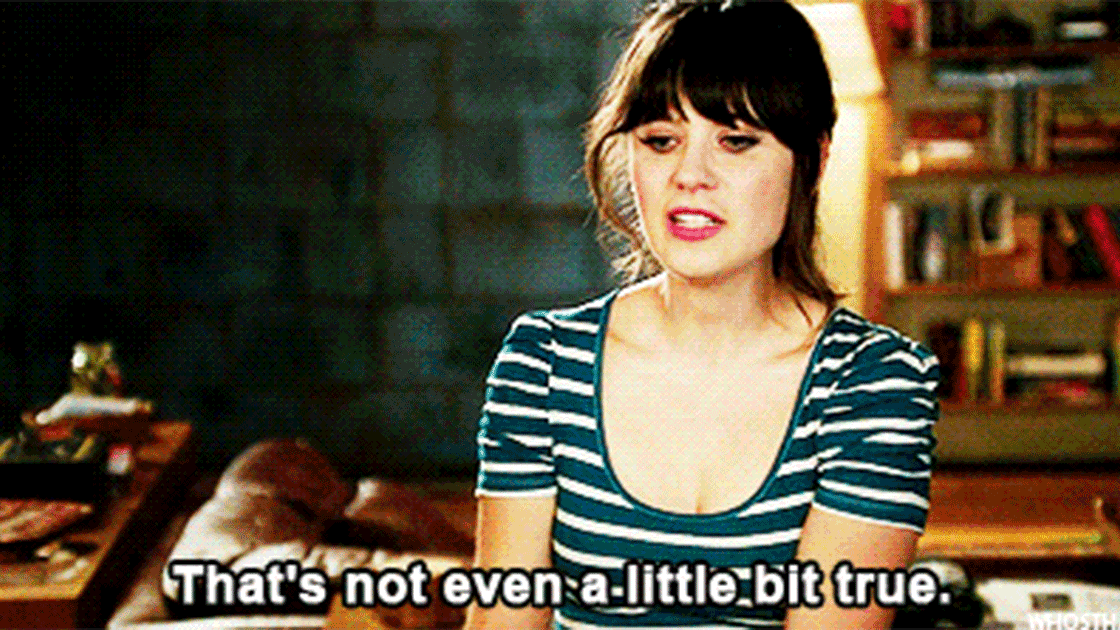The Muscle and Fat Myths You Need to Stop Believing Immediately

You've probably done a bit of research on how to build muscle and burn fat, but there's a good chance you ran into some myths along the way. Let's put those misconceptions to rest once and for all, so you can build a healthy, toned body without wasting time on BS.
Muscle Can Turn Into Fat, And Vice Versa
The two are entirely different tissues and can't magically morph into each other. However, if you stop working out, your fat cells will get bigger and your muscle fibers will shrink which is why you may notice some extra jiggle.
Muscle Weighs More Than Fat
A pound of fat and a pound of muscle weight exactly the same. But-and this is where the confusion comes in-the volume of muscle is denser and more compact. "It would take four pounds of muscle to fill the space of one pound of fat," Michele Olson, Ph.D., professor of exercise science at Auburn University Montgomery, says. That's why you may see yourself becoming slimmer without the number on the scale dropping. (Here's why you should shed the scale.)
Eating Fat Makes You Fat
The opposite-healthy fat helps keep you lean. People eating a Mediterranean diet rich in olive oil and nuts lost more weight than those on a low-fat diet, The Lancet reports. "These foods, as well as fish, avocado, and olives, contain omega-3 fats, omega-6 fats, and monounsaturated fats that are heart-healthy and fill you up so you don't overeat," Olson explains. Just watch your portion sizes. "Eating more calories than you use each day will lead to fat storage," says sports medicine physician Jordan Metzl, M.D.
You Can Spot-Reduce Fat
When your body needs energy, it pulls from all of your fat cells, not just the areas you want to target," Olson says. In other words, to lose fat from any place, you have to lose fat from every place. Another sad truth: The first place where you gain fat typically is the last place you'll lose it. "When you put fat on easily in one area, it means your body is best able to store it there," Keith Baar, Ph.D., says. The good news: If your backside starts to shrink, you can always make it curvier by building muscle (hello, squats!). (Try this 30-Day Squat Challenge That Will Totally Transform Your Butt)
You Can't Gain Muscle and Lose Fat at the Same Time
To shed fat, you have to burn more calories than you take in. But when you do that, your body also burns some muscle. As a result, it's common to lose muscle mass as you lose weight. The way to prevent this is to eat more protein, say scientists from McMaster University. Their study found that people who did so while on a high-intensity weight-training regimen were able to gain muscle mass and ditch fat. "Getting enough protein provides your body with the amino acids it needs so that it doesn't have to break down muscle for them," says study author Stuart Phillips, Ph.D. Based on his research, a 140-pound woman would have to consume at least 25 grams of protein at breakfast, lunch, and dinner to maintain muscle mass while losing weight (that's about 0.4 grams of protein per kilo of body weight at each meal).

